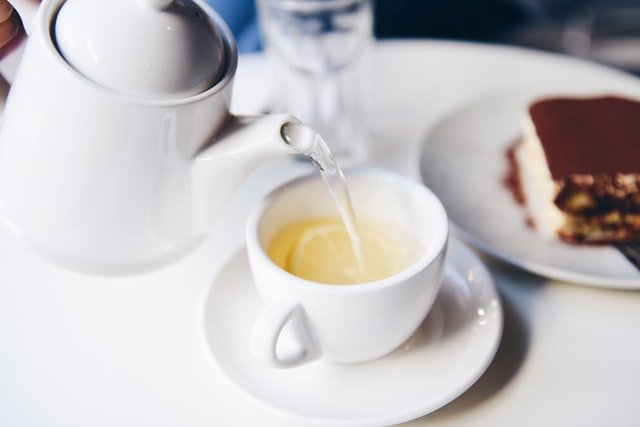
Every day it is more common to hear about tea as a supplement in diets to lose weight. In fact, a few years ago the fashion of drinking green tea as a dietary supplement exploded in the West and, today, much is heard about the use of white tea to lose weight.
Now, does this statement have any scientific basis? At Infusionismo, we have carried out exhaustive research to bring you the latest information on the properties of white tea for weight loss.
White tea for weight loss: some scientific data
More and more people are telling about their experiences drinking white tea to lose weight. The stories about it add up, they go viral and in between, you might wonder if they have a basis in reality or if they are just fairy tales.
The truth is that there are many and diverse sources that indicate that tea can be used to lose weight. Tea in general can improve glucose tolerance and speed up metabolism. This last point would have a direct impact on eliminating those extra pounds that bother you so much.
If you pay attention to the components of white tea, you will see that they are very similar to those present in green tea. In fact, various investigations have found that both infusions have more or less similar doses of caffeine and polyphenols.
This is interesting as scientists have determined that the combination of Catechins such as epigallocatechin gallate (EGCG) act synergistically with caffeine to aid in fat loss.
Although today there are not many specific studies on the action of white tea in the body, it is believed that its consumption would help burn fat. This is because this tea stimulates the breakdown of fat cells and also prevents them from forming again, at least this was confirmed in an in vitro study.
In conclusion, white tea can be a good option to drink while following the weight loss diet determined by your doctor. Remember that it is always advisable to go to the specialist so that together you can determine the steps to follow and, in addition, control the weight loss.
What is white tea?
This infusion is extremely old. In fact, it is said to be thousands of years old and has been the drink of Chinese emperors since time immemorial.
White tea originates from Fujian province, China, although it is also produced in Nepal, Thailand, India and Sri Lanka.
It is made from the leaves of the tea plant, Camellia sinensis, but, unlike better-known varieties such as black tea, they do not undergo any oxidation process.
At the time of harvesting the leaves, the buds of the plant are chosen before they open. These buds are covered by a white fluff which is precisely what gives this variety of tea its name.
After harvest, the leaves are dried directly without oxidizing. This allows the leaves to keep their natural properties intact and, therefore, it is said to have greater health benefits than other varieties of tea.
What does white tea taste like?
In general, its aromas and flavors are much milder than other teas, precisely because delicate buds are used in its production. Usually, it is possible to find floral, citrus or fruit notes and even hints of vanilla or honey.
How to drink white tea?

Preparing the best white tea at home is not a difficult task, but you do have some tricks that you should pay attention to. First of all, the temperature of the water.
To prevent the delicate white tea leaves from burning and the infusion from becoming bitter, it is best to infuse white tea at 60ºC – 65ºC. Use a tea thermometer to measure the temperature, or simply bring the water to a boil, then let it cool for 5 minutes.
On the other hand, it is important to pay attention to the infusion times. Remember that it is a delicate tea, with leaves that you must take care of and treat with love.
Ingredients
- 2.5 grams of white tea
- 1 cup of water
Elaboration
- Heat the water to the mentioned temperature. Remember that you are not preparing a black tea so do not go over what is recommended!
- Infuse the tea leaves between 3 and 7 minutes, according to the manufacturer’s instructions.
- Ready!
Let yourself be overwhelmed by the subtle aroma and flavor of this tea. Allow yourself to discover a different variety of tea, with fruity, floral or citrus flavors and so many notes that your palate will go crazy with pleasure.
